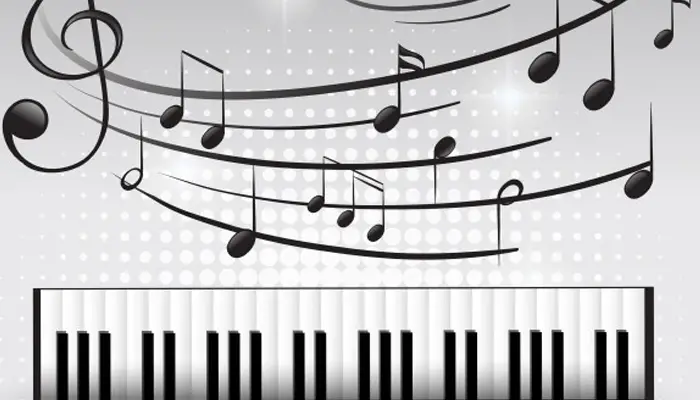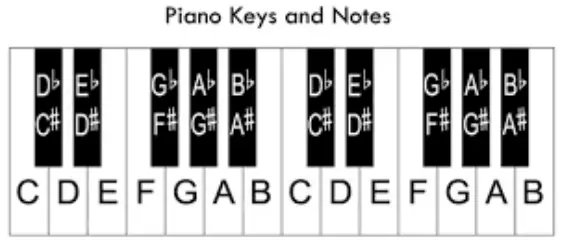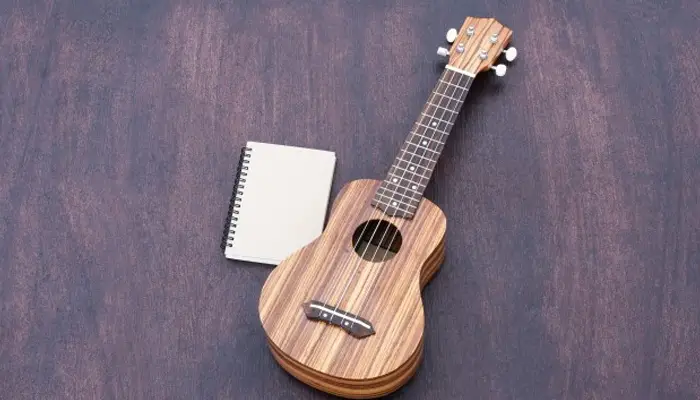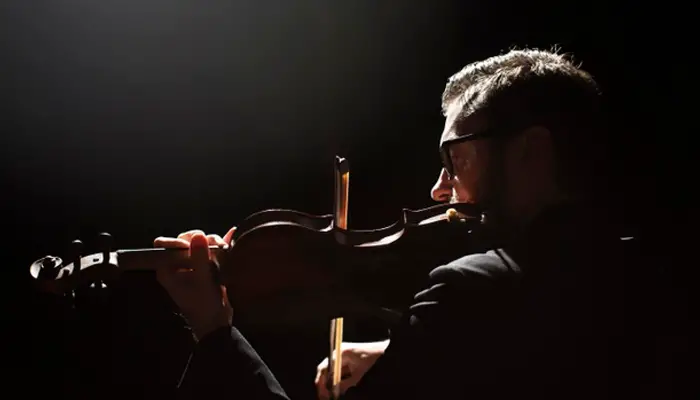
Are you eager to learn which piano notes with letters are best suited for beginner practice sessions?
Mastering these notes not only enhances your command over the keys but also empowers you to practice independently.
In this comprehensive guide, we’ll delve into the most effective piano notes for beginners, equipped with letters, to facilitate seamless playability of your favorite tunes.
Table of Contents
Understanding Piano Notes: Deciphering the Letters

The piano, renowned for its versatility, features keys with distinct octaves, each producing a unique sound. Each key is labeled with a specific letter, crucial for producing melodies and harmonies. The sequential arrangement of these letters includes C, D, E, F, G, A, and B, which repeats at regular intervals.
Recognizing these letters is straightforward. For instance, the key to the left of the group of three black keys is F, while the adjacent key to its left is C. Familiarizing yourself with this sequence—C, D, E, F, G, A, B—lays the foundation for playing a myriad of songs effortlessly.
It’s essential to note that white keys represent natural notes, whereas black keys denote sharps or flats. Learning piano notes using these letters enables you to tackle popular songs like “Despacito,” “Hallelujah,” “Titanic,” “Havana,” “Hello,” “Faded,” and many more with ease.
Embarking on Your Piano Journey: Where to Begin
Now that you grasp the basics of piano notes with letters, let’s discuss actionable steps to kickstart your learning piano journey.
- Grasping Musical Notation and Symbols: Dive deeper into musical notation, symbols, and terminology essential for interpreting sheet music. We’ll cover concepts such as note durations, rests, dynamics, and articulations to equip you with a comprehensive understanding of musical language.
- Utilizing Educational Resources: Explore a variety of educational resources available for beginner pianists, including online tutorials, instructional books, and interactive learning platforms. Discover how these resources complement your learning process and provide valuable guidance at every step.
- Effective Practice Techniques: Learn strategies for effective practice sessions tailored to your skill level. We’ll discuss the importance of consistent practice, goal setting, and structured practice routines to optimize your progress and achieve musical proficiency.
- Developing Hand Coordination and Technique: Focus on developing hand coordination, finger independence, and proper technique essential for fluid and expressive piano playing. We’ll explore exercises and drills designed to strengthen finger muscles and improve dexterity.
Self-Teaching Strategies: Empowering Yourself
In this section, we’ll empower you with practical strategies and resources for self-teaching piano, even in the absence of regular lessons.
- Selecting the Right Instrument: Understand the factors to consider when choosing a piano or keyboard for self-teaching purposes. We’ll discuss features such as keyboard size, touch sensitivity, and built-in learning tools to help you make an informed decision.
- Creating a Learning Environment: Establish an optimal learning environment conducive to focused practice and skill development. We’ll explore techniques for setting up your practice space, minimizing distractions, and maximizing concentration and productivity.
- Exploring Online Learning Resources: Harness the power of online learning platforms, instructional videos, and digital sheet music libraries to supplement your self-teaching journey. Discover websites and apps that offer comprehensive tutorials, interactive exercises, and repertoire for all skill levels.
- Seeking Feedback and Support: Engage with online communities, forums, and social media groups to connect with fellow pianists, share experiences, and seek feedback on your progress. We’ll discuss the benefits of peer support and virtual mentorship in enhancing your learning experience.
Frequently Asked Questions (FAQs)
What are piano notes with letters, and why are they important for beginners?
Piano notes with letters label keys with alphabetical letters, aiding beginners in learning keyboard layout and musical notation.
How do I differentiate between natural notes and sharps/flats on the piano?
Natural notes are white keys, while sharps/flats are black keys, altering note pitch by a semitone.
Can I learn piano without formal lessons?
Yes, with abundant online resources, self-teaching is feasible, though lessons can accelerate progress.
What are effective practice techniques for improving piano skills?
Setting goals, consistent practice, breaking down passages, and focusing on technique are key.
Recommended resources for beginners learning piano notes with letters?
Printable notes, online tutorials, instructional books, and interactive platforms aid learning.
How long does it take to master piano notes with letters?
Mastery varies, but dedication and regular practice can yield significant progress in months to a year.
What if I encounter difficulties while learning?
Seek assistance from forums, teachers, or peers, and break down challenges into manageable tasks.
Conclusion – Best Piano Notes With Letters
This guide aims to equip you with the knowledge and resources necessary to master piano notes with letters effectively. By following these steps, you’ll embark on a fulfilling journey toward piano proficiency.
So, what are you waiting for? Follow this exciting and super-easy guide to learn keyboard playing in no time.
You can also check out our guide on Best Digital Piano Under 300 Dollars and Best Cheap Keyboard Piano Under 100 Dollar.


